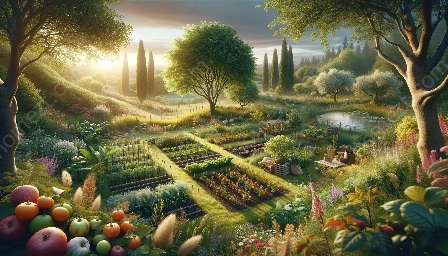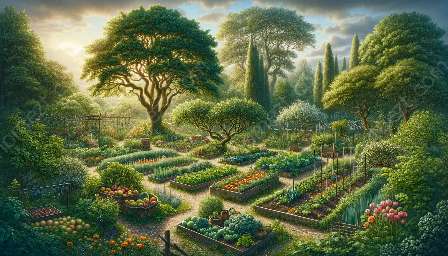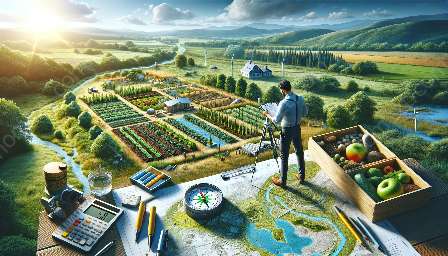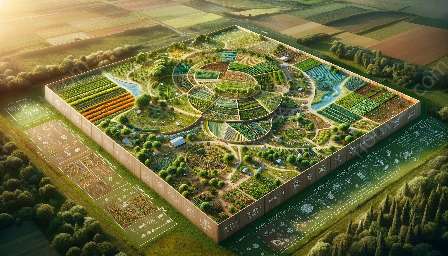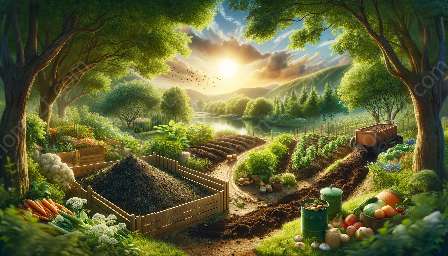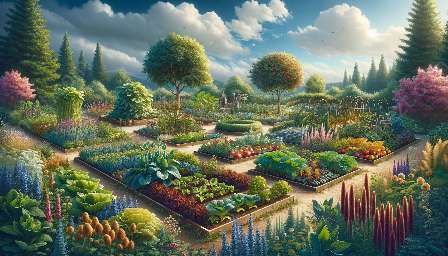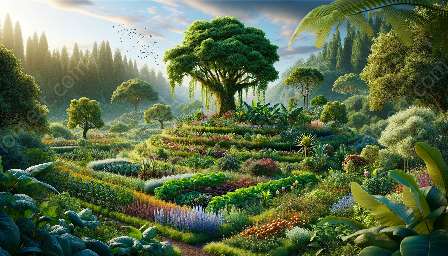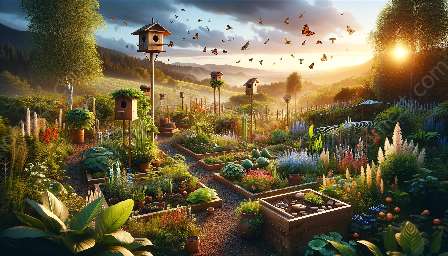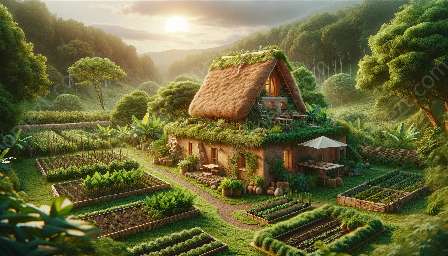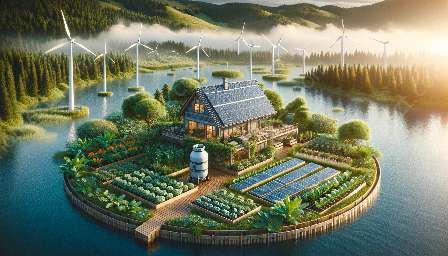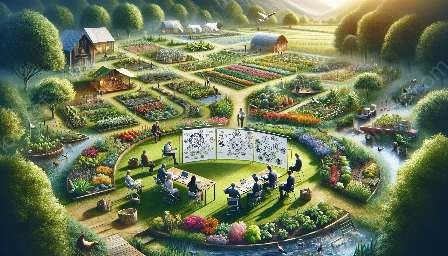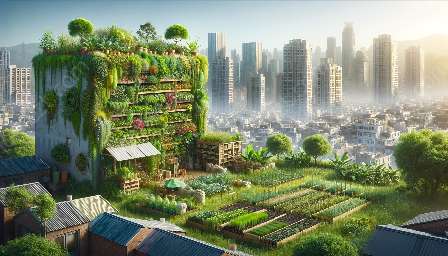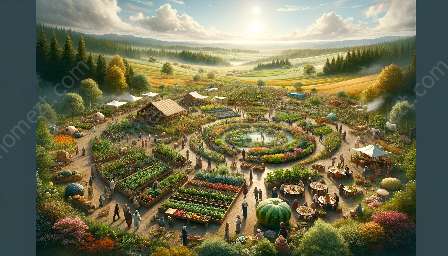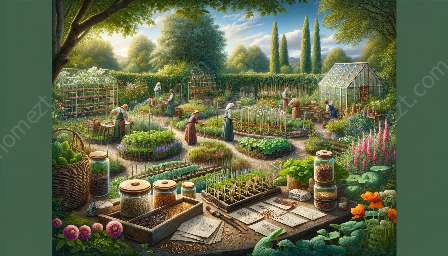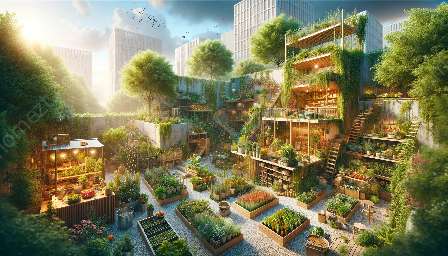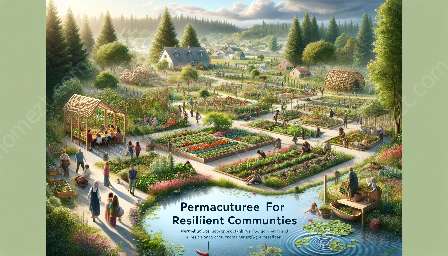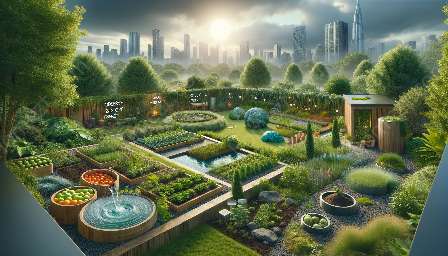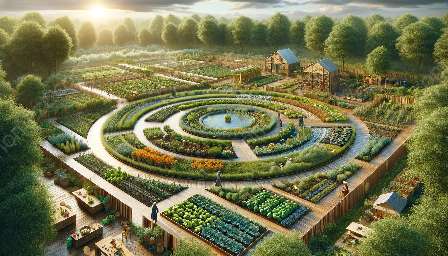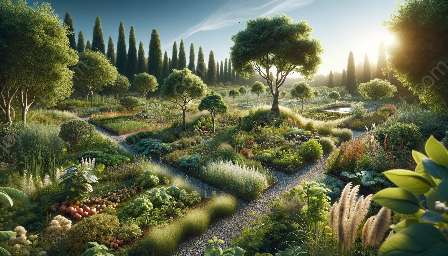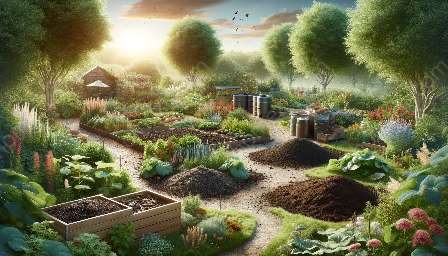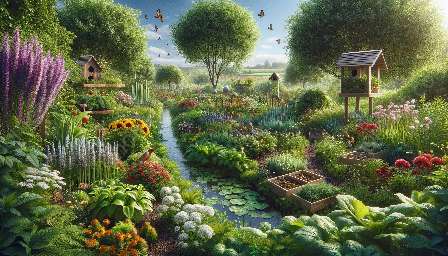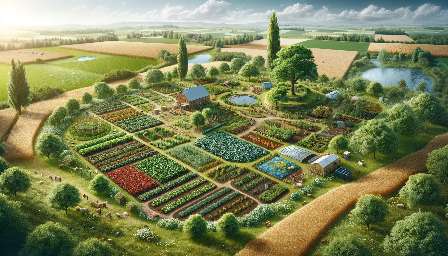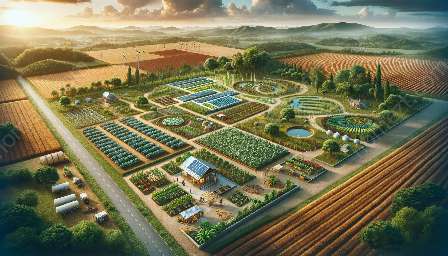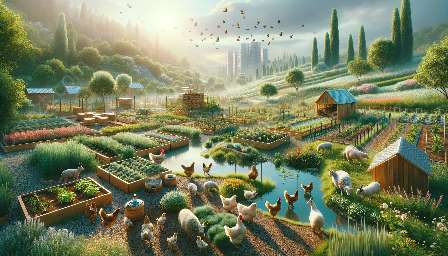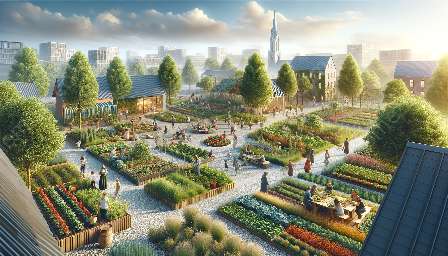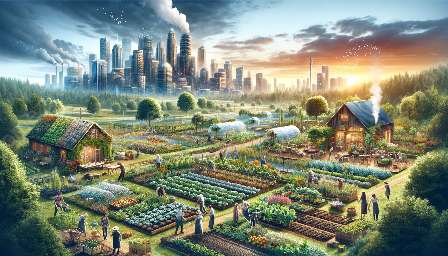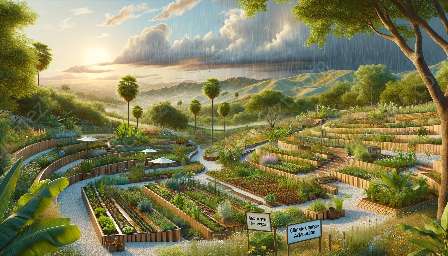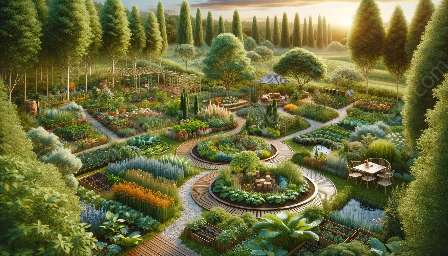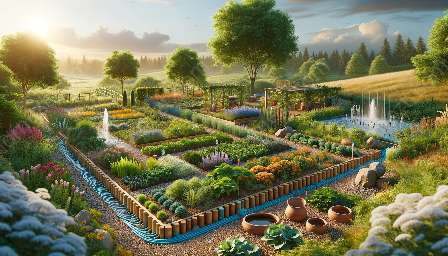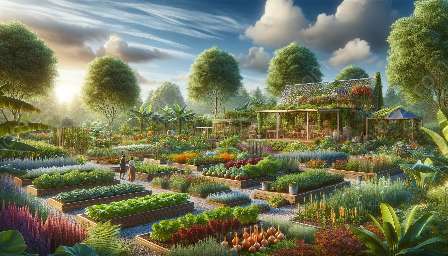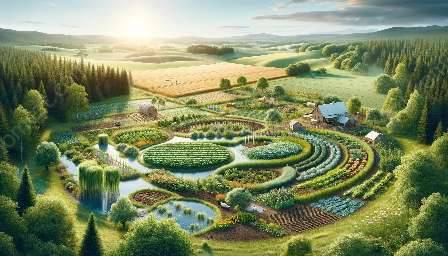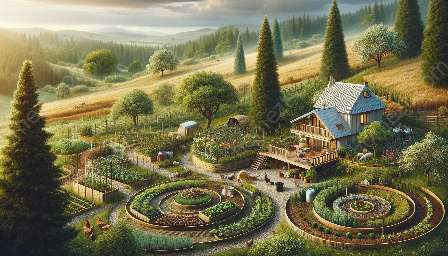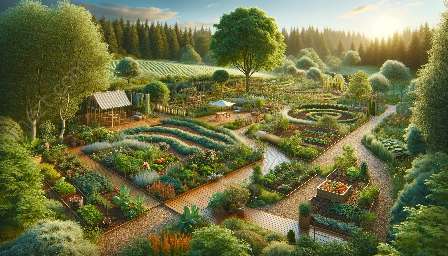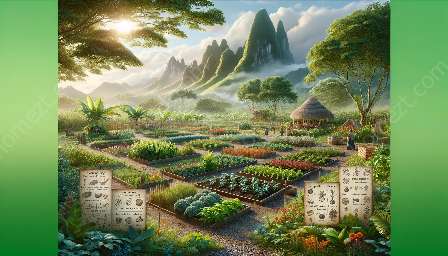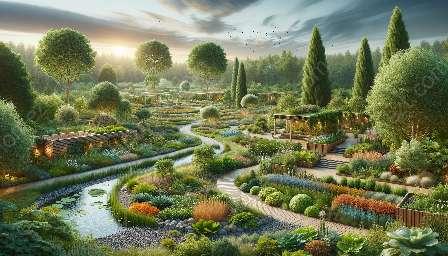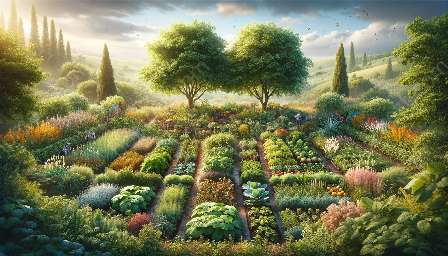Permaculture is a sustainable design system that integrates human activities with natural ecosystems.
The History of Permaculture
Permaculture was coined by Australians Bill Mollison and David Holmgren in the 1970s. It grew out of their observations of natural systems and principles.
They sought to create an agricultural system that worked with nature rather than against it, inspired by traditional farming methods and indigenous land management.
Principles of Permaculture
Permaculture is guided by three core principles: care for the earth, care for people, and fair share. It emphasizes sustainable land use, environmentally friendly technologies, and the creation of harmonious, self-sustaining ecosystems.
Permaculture and Gardening
Permaculture principles are directly applicable to gardening, encouraging the use of native plants, composting, and natural pest control methods. It promotes diverse and polycultural planting schemes to increase resilience and productivity.
Permaculture and Landscaping
When applied to landscaping, permaculture focuses on creating functional, aesthetically pleasing outdoor spaces that mimic natural ecosystems. This includes water harvesting, using recycled materials, and designing for energy efficiency.
Conclusion
Permaculture principles encourage sustainable and regenerative practices in both gardening and landscaping, aligning with the goal of creating harmonious, resilient environments that benefit both people and the planet.

